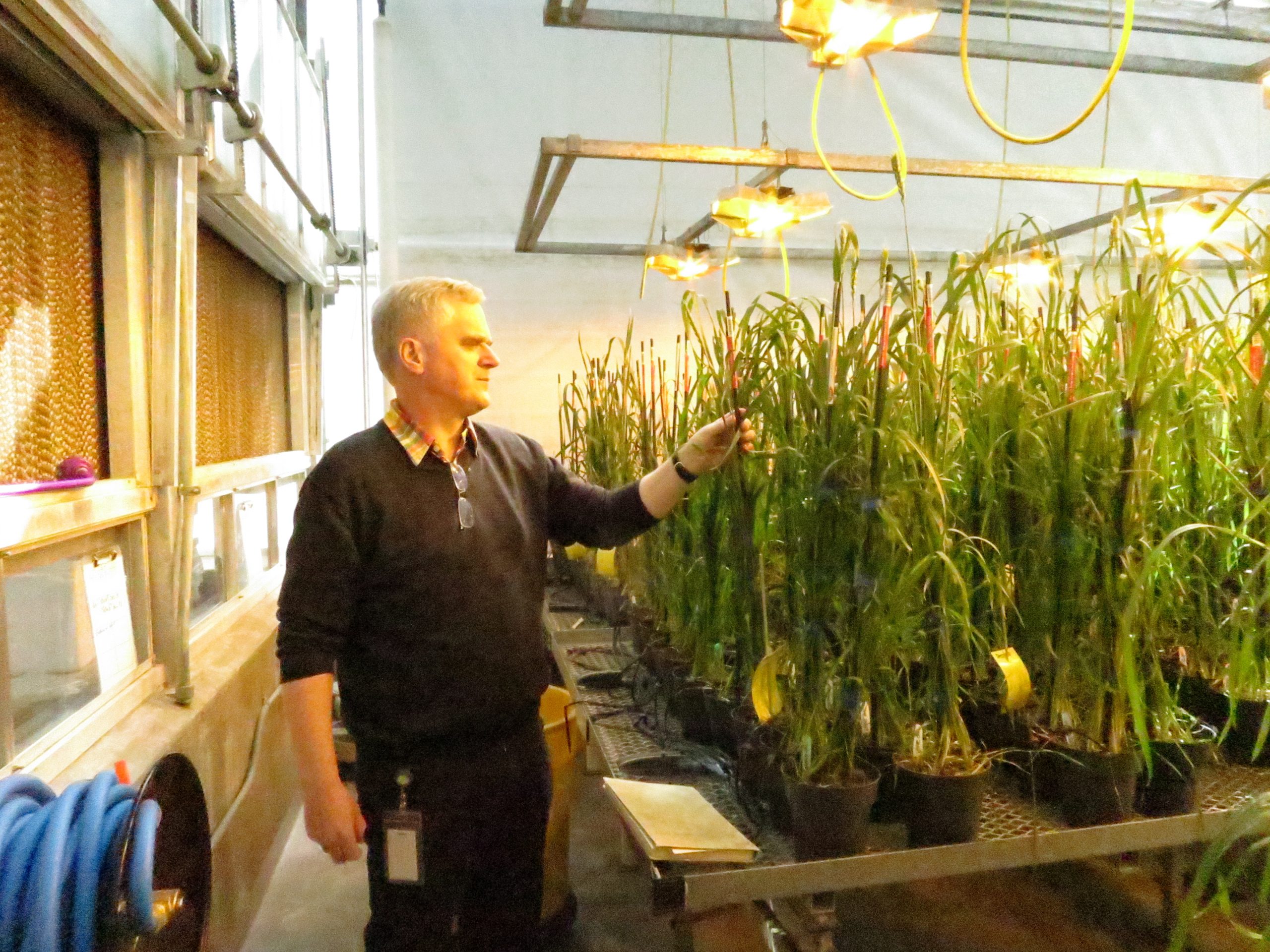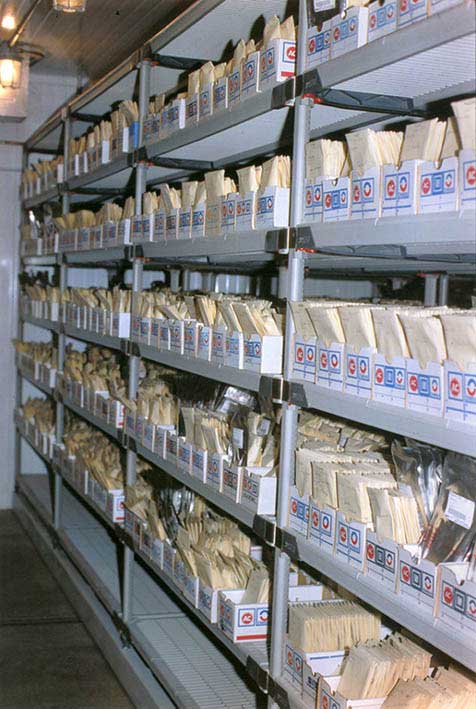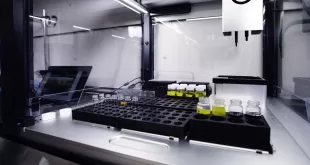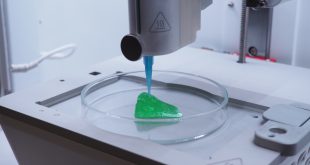

By Robert Price
Axel Diederichsen has a scientist’s sense of humour. A research scientist and curator at Plant Gene Resources of Canada (PGRC), he recalls one of the more thrilling moments in his career. While studying cultivated flax, a plant only known to have blue flowers, he found a wild relative with white flowers. “Botanists can get excited about these things,” he laughs.
As a curator at PGRC—a government agency tasked with preserving and enhancing “the genetic diversity of cultivated plants of importance for Canadian agriculture and their wild relatives”—Diederichsen stays close to the excitement found in watching the grass grow.
It’s quiet work. It’s also enormous importantly work. As a repository for the seeds, tubers and cuttings of Canadian agriculture reaching back to the 1960s, the PGRC might look a bit like Noah’s Ark—a life raft carrying the sum of genetic diversity produced by farmers. But such a comparison wouldn’t capture the whole story. As Diederichsen explains, the PGRC is “more than Noah’s Ark.”
It is, in fact, more like Borge’s magical library that collects every sequence of words ever written. Instead of words, PGRC catalogues plant genetics. PGRC is, Diederichsen says, a place “where you find exotic things”—all of it packed in tens of thousands of envelopes and waiting to be brought to bloom.
A living library
PGRC, a part of Agriculture and Agri-Food Canada, operates three genebanks. A bank in Saskatoon stores seeds and grains; a bank in Fredericton collects tubers for potato farming; and a bank in Harrow, Ont., houses materials needed to help Canada’s orchards and fruit patches thrive. In each location, scientists house and study seeds, cultivars of landraces (crops that have been improved through farming), obsolete cultivars and wild relatives of seed relevant for agricultural production. The scientists at PGRC regenerate plants, describe the basic botanical features of the seeds they have on file, and make these seeds available for research, breeding and education through online databases, publications and work the organization does with agricultural scientists.
PGRC has close to 114,000 accessions—plant material collected from a single location—with a strong focus on cereals, a key component of Canadian agriculture. Around 80% of the collection comes from cereals, including 40,000 different barleys (both cultivated and wild species) and 48,000 samples of oats. The genebank seeks to capture a complete portrait of cultivars bred in Canada and solicits donations from breeders who retire or give up all or part of their agricultural programs. “They have working collections with interesting material, some of it very difficult to find,” says Diederichsen.
The donations will eventually find their way back to Canadian farms. Successful agriculture relies on genetic diversity—a value that must be constantly renewed since it’s so easy to lose. Three hundred years ago, for example, villages across Europe farmed different types of wheat, barley, or oat, each type adapted to local conditions. Over time, farmers singled out the most successful grains, and soon all farmers were cultivating these grains.
“So we lose the reservoir of diversity we depend on,” says Diederichsen.
PGRC works to buffer against this loss of diversity, by ensuring a diverse set of genetic diversity remains accessible to farmers and scientists, even if particular seeds aren’t currently used for agricultural purposes—and haven’t been planted in decades.
Genetic diversity is a strength
Genebanks have a long history. Medieval monasteries cultivated and collected cereals and medicinal plants, and in the 16th century Italian botanical gardens cultivated and traded exotic plants. With the advent of modern plant breeding some 150 years ago, plant breeders quickly learned that if they wanted to create something new, they needed a diverse collection of seeds to breed and crossbreed. But, as Diederichsen recounts, as breeders became successful at creating new cultivars that produced higher yields, the older, locally adapted crops that farmers had used for hundreds of years started disappearing.
Plant breeders knew what the extinction of older crops meant: the loss of information and a loss of crop vitality.
“Plant breeders actually said we need living genebank collections [to preserve information],” Diederichsen says, “because even if it’s not suited today, it may carry traits we need for doing something.”
Genebanks like PGRC serve an important role in preserving—in living form—the genetic heritage of each crop. The genebank ensures the genetic integrity of each sample in the library—the material remains frozen in time, preserved in the state it was when it was collected. Unlike traditional farming that relied on a farmer’s experience with a crop, today’s geneticists can scour the genetic histories of individual crops—moving backwards in time, so to speak—to find older generations of a particular crop that might have resistance to specific diseases.
Nicolas Tinker, a senior research scientist at Agriculture and Agri-Food Canada who uses the collections at PGRC as part of his bioinformatics research, describes this ability to search the family trees of different plants as a primary driver for seed libraries that might, to uncreative minds, seem like esoteric lines on a balance sheet.
“In oat, in particular, there’s a disease called crown rust that sweeps through and defeats the genes that we have, and if we don’t keep going back to the genebank and finding new sources of resistance to that disease, we lose the crop,” says Tinker.
“We keep genebanks going because we don’t know what we’re going to get out of them in the future, and that’s the conundrum.”
Browsing other libraries
To extend the diversity of crops around the world, PGRC works with genebanks in other countries on international initiatives geared to preserving diversity in cultivated plants. These genebanks exist all over the world, each with a different focus. Norway’s Svalbard Global Seed Vault, for instance, holds more than 1 million seed samples of some 5,400 species in an underground storage facility. The International Rice Genebank in the Philippines, which is the largest bank of rice genetics in the world, holds more than 132,000 rice accessions.
Like PGRC, these genebanks push data about plant genetics into the public realm. PGRC has a sizeable database that allows clients to see what material the bank has available to the scientific community nationally and internationally. Scientists inside and outside the genebank research the PGRC’s holdings for certain traits and publish their findings, and with climate change threatening crops, study of the molecular composition of the collection intensifies as breeders look to adapt crops to changing environments. Currently, a research team is studying 30,000 accessions of PGRC’s genebank and will describe the genetic makeup of these individual accessions using the sequencing technologies.
Safety against the future
As the climate changes and food producing nations feel the pinch of inflation, fertilizer shortages, and political unrest, the cultural and political environment seem ripe for longer and deeper discussions of how organizations like PGRC can diversify agriculture and ensure crops remains resilient and plentiful.
“Ultimately, our food security nationally but also globally depends on having access to this diversity,” Diederichsen says.
 BioLab Business Magazine Together, we reach farther into the Canadian Science community
BioLab Business Magazine Together, we reach farther into the Canadian Science community





